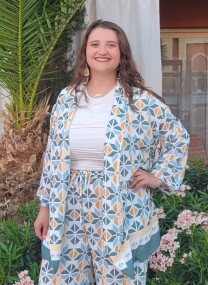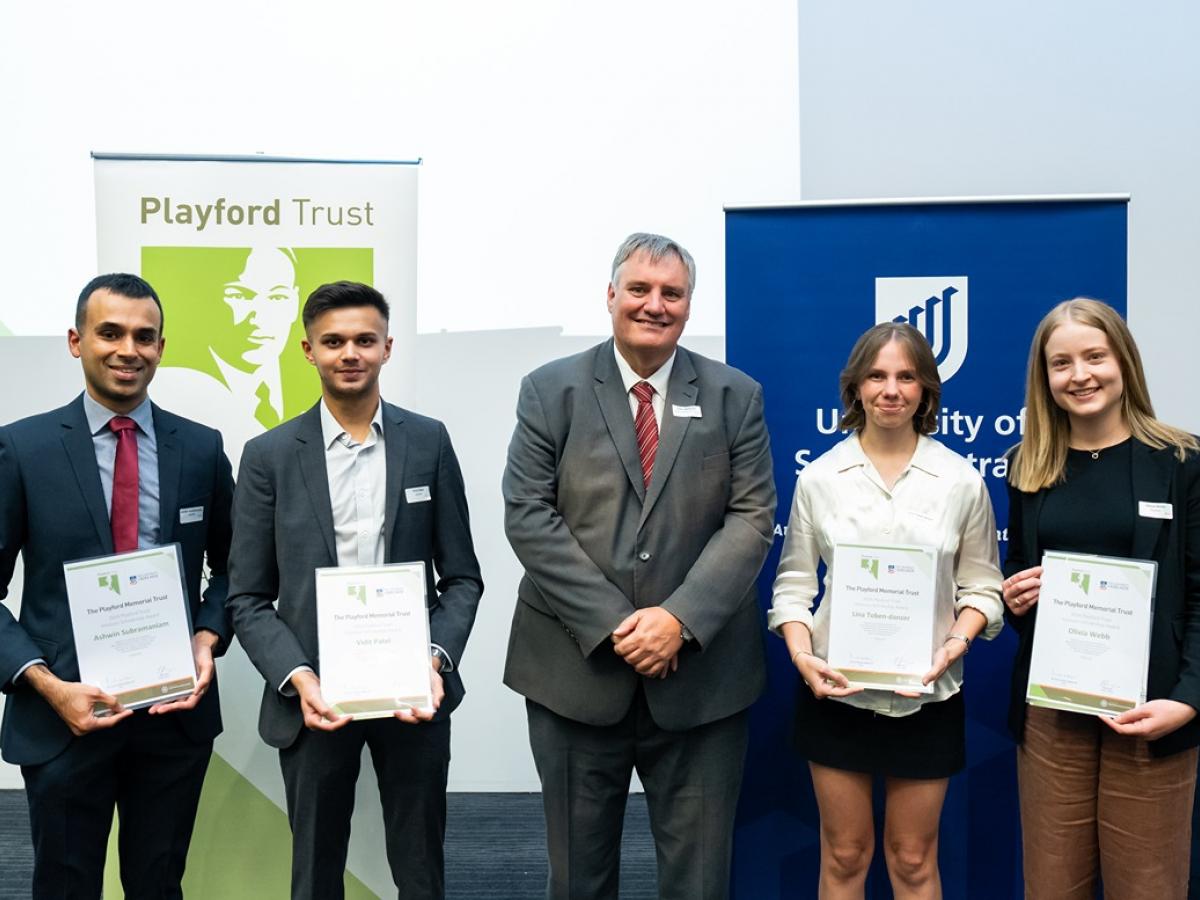Curtin University has launched the Legacy Living Lab (L3), a modular building designed using principles of the circular economy – an environmentally friendly economic concept that aims to design out waste by including as much recycling and re-use of materials as possible.

Constructed as part of their thesis, Curtin University Sustainability Policy Institute PhD candidates Timothy O’Grady and Roberto Minunno, together with Curtin Professor Greg Morrison, worked alongside many industry partners to create L3 as a resource to support and inform the building industry on different construction methodologies, test new products and review the performance of materials, including their energy consumption, automation, and effects on building wellness.
Mr O’Grady said L3, located at Development WA’s East Village development in Knutsford, Fremantle, was designed to be flexible, sustainable, and can be fully disassembled, and that many of the building’s materials were recycled, including the original 100 year-old Jarrah staircase from the Dingo Flour Mill and carpet tiles reclaimed from a Perth CBD office space.
“In Australia, the construction industry is responsible for about 30 per cent or 20.4 million tonnes of annual waste. Although it’s a significant and largely ignored issue, this is also an opportunity,” Mr O’Grady said.
“The circular economy concept sits at the heart of the L3’s design and construction and reduces waste by incorporating many fortuitous finds and generous donations, giving real meaning to the phrase ‘one person’s trash is another’s treasure’.
“The 17 tonne steel frames we used to construct L3 actually came from a project that went bankrupt, and were originally destined to be recycled. We were able to redesign L3 to incorporate these frames, putting them to good use.
“The carpet is from a near-new office space on St George’s Terrace in Perth that was being renovated and it was due to be thrown away before we repurposed it. It’s secured with a double-sided contact pad, rather than glue, meaning it can potentially even be reused again in the future.
“We were also able to find a home for the beautiful Jarrah staircase from the Dingo Flour Mill in Fremantle, bringing a piece of local history to L3, and importantly saving it from going to waste.”
Other environmentally-friendly features of L3 include the outdoor balcony, made from recycled tyre rubber and plastics; the acoustic ceiling panels, which are 68 per cent recycled PET bottles and other plastic materials; and the kitchen benchtop, made from pressed recycled timber. L3 also features solar panels, an on-site electric vehicle charger, and incorporates water balancing features.
L3 co-creator Mr Roberto Minunno said in addition to the physical waste created by the construction industry, it was also important to consider the amount of CO2 emissions emitted during building projects.
“In the specific example of L3, a traditional build of this size would have created about 50 tonnes of CO2 emissions, whereas the modular Living Lab build only created 5 tonnes of CO2 emissions – a huge benefit for the environment,” Mr Minunno said.
“A non-modular build would normally have a concrete foundation or slab, but L3 is built using a steel micro-pile footing system, consisting of a series of steel poles that are skewed in to the ground at specific angles, to anchor the building.
“This alone saved 20 tonnes of concrete, compared to 800 kilograms of steel – which, unlike concrete, can be recycled.”
Professor Greg Morrison, also from the Curtin University Sustainability Policy Institute, said that because L3 is modular, it can be relocated – potentially multiple times – which helps it last even longer.
“On average, the lifespan of buildings in Australia is 20 years, but L3 is designed to last for at least 50 years,” Professor Morrison said.
“Once it finally reaches its end of life, around 57 percent of L3 can be deconstructed and reused in other buildings, 25 per cent of it can be recycled, and 18 per cent disposed of.
“L3 is currently a Curtin University building, used primarily as a space for industry demonstration and a place to carry out important research on new building and material concepts.”
DevelopmentWA CEO Frank Marra said the State Government’s central development agency was excited to be supporting the ambitious project through $100,000 of funding and a three-year lease.
“DevelopmentWA is committed to championing change in Western Australia’s housing industry by demonstrating new technologies and sustainable living initiatives,” Mr Marra said.
“An Innovation through Demonstration project, East Village in Knutsford will be Fremantle’s most sustainable new development, featuring energy and water savings, renewable energy revenues for residents, and a range of homes with adaptable spaces for home offices.
“L3 is revolutionary in the way it will bring together industry, researchers and the community to shape and create the future of living.
“Research undertaken here into precinct-scale sustainability initiatives will help inform best-practice design for future housing developments that we undertake.”
Industry partners for the Legacy Living Lab (L3) project include Acoufelt, Armstrong Flooring, BGC, Bluescope Steel, Brajkovich Demolition, Curtin University, Delos, Development WA, Enware, Fleetwood Australia, Forest One, Infinite Energy, Intelligent Home, Interface, ITI – Innovative Timber Ideas, Jason Windows, Ludlow Timber Products, Metforce Balustrades, Met-tech imaging, OP Properties, Proform, Quantify Technology, RWC – Reliance Worldwide Corporation, Schneider Electric, Somfy, Stramit, Verosol, and Weathertex.
For more information visit here. For video visit here.








